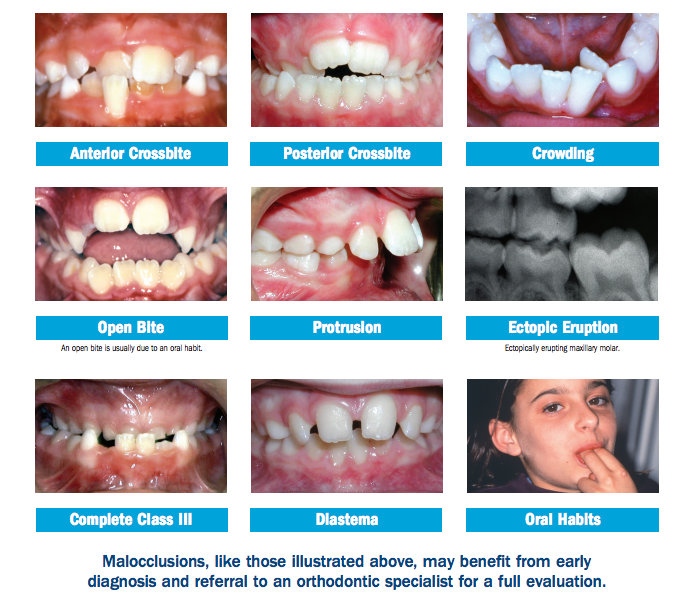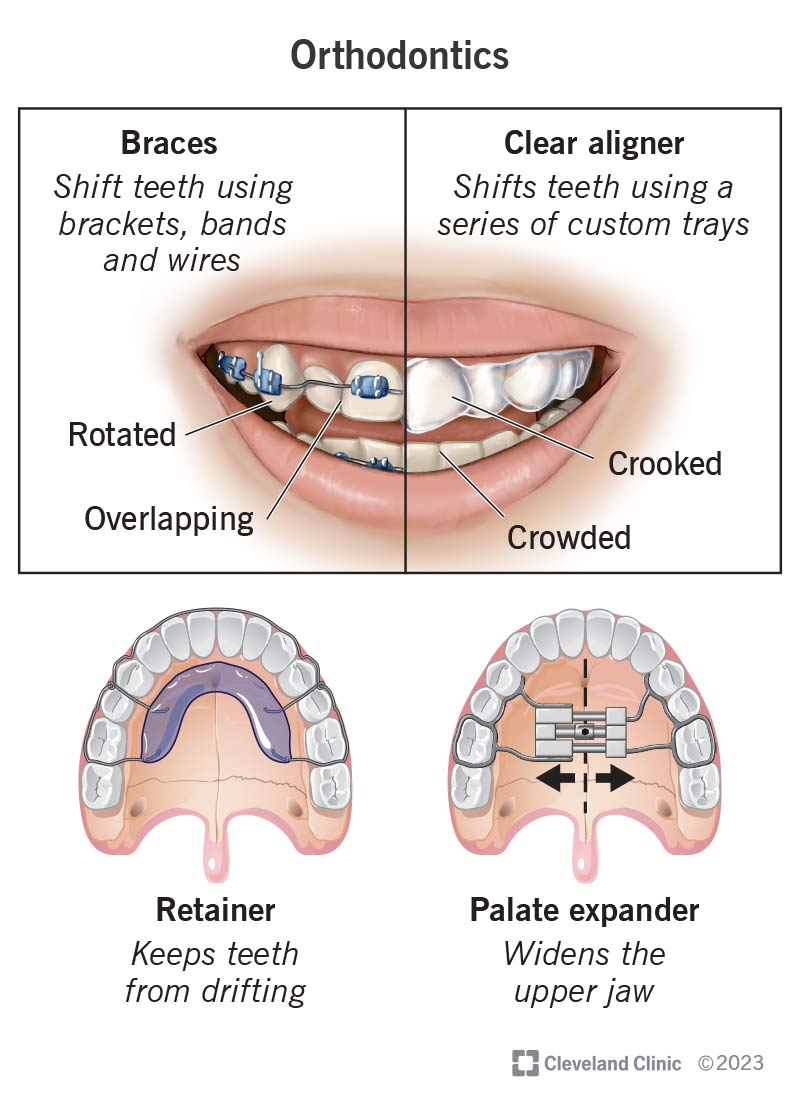Causey Orthodontics Things To Know Before You Get This
Table of ContentsThe Facts About Causey Orthodontics UncoveredExcitement About Causey OrthodonticsSome Known Incorrect Statements About Causey Orthodontics Causey Orthodontics Can Be Fun For EveryoneRumored Buzz on Causey OrthodonticsTop Guidelines Of Causey OrthodonticsSome Of Causey Orthodontics
What is the distinction in between a dentist and an orthodontist? All dentists, including orthodontists, deal with the teeth, gum tissues, jaw and nerves.
Orthodontists and dental professionals both offer dental take care of patients. Orthodontists can operate in an oral office and use the exact same therapies as various other dental experts. So you can believe of both physicians that deal with gum tissue and teeth problems. The main distinction is that ending up being an orthodontist calls for a certain specialized in treating the imbalance of the teeth and jaw.
Getting My Causey Orthodontics To Work
An orthodontist is a dental professional that has undertaken training to specialize in the diagnosis, prevention and treatment of abnormalities in the jaw and teeth. They can also identify possible problems in teeth alignment that may create when conditions are left untreated (cheapest orthodontist near me).
This includes all the needed education and learning to become a general dental expert. According to the American Student Dental Association (ASDA), it means you will need to have either a Physician of Medication in Dentistry (DMD) or a Physician of Oral Surgery (DDS). Simply put, orthodontists need to finish oral school and afterwards get an orthodontics specialty education and learning.
Some orthodontists also get their masters in craniofacial biology. These programs concentrate on two details locations or self-controls: Dentofacial Orthopedics: This research study focuses on assisting teeth and jaw development.
Our Causey Orthodontics Diaries

 The total goal of an orthodontist is to enhance an individual's bite. Not everybody is birthed with straight teeth, and an orthodontist will guarantee that individuals get uniformly spaced straight teeth.
The total goal of an orthodontist is to enhance an individual's bite. Not everybody is birthed with straight teeth, and an orthodontist will guarantee that individuals get uniformly spaced straight teeth.
Things about Causey Orthodontics
The American Organization of Orthodontists advises your first check up by age 7. You'll require to see your orthodontist if you have a misalignment in your teeth, likewise recognized as malocclusion. Also, if you observe uneven bite patterns, a somewhat askew jaw, or when your teeth are chock-full, you will likely need orthodontic therapy.
In addition, we supply adjustable treatment timetables, adaptable payment alternatives and an enjoyable, enjoyable experience.
An orthodontist is a dental practitioner trained to detect, prevent, and treat teeth and jaw abnormalities. Orthodontists work with individuals of all ages, from youngsters to grownups (https://www.tripline.net/causeyortho7/).
The Ultimate Guide To Causey Orthodontics
Malocclusion, or misaligned teeth, can lead to oral concerns, consisting of tooth degeneration, periodontal illness, and hard or unpleasant eating. Not every person is born with straight teeth. If you have a negative bite or big rooms in between your teeth, you might wish to get in touch with a dental professional concentrating on orthodontic treatment.
(Photo Credit Report: DigitalVision/Getty Images) Orthodontists use repaired and detachable oral devices, like dental braces, retainers, and bands, to alter the setting of teeth in your mouth. Orthodontic treatment is for oral abnormalities, including: Crooked teethBite troubles, like an overbite or an underbiteCrowded teeth or teeth that are as well far apartJaw misalignmentThe objective of orthodontic therapy is to improve your bite.
About Causey Orthodontics

All orthodontists are dental professionals, but not all dental practitioners are orthodontists. Orthodontic residency programs use extensive, focused direction for dental experts. They focus on two areas: How to appropriately and securely move teeth How to appropriately assist advancement in the teeth, jaw, and faceOnce an orthodontist has finished training, they have the choice to become board accredited.
Malocclusion leads to tooth congestion, an irregular jaw, or irregular bite patterns. Malocclusion is generally treated with: Your orthodontist affixes metal, ceramic, or plastic square bonds to your teeth.
Getting The Causey Orthodontics To Work
If you have just minor malocclusion, you may be able to make use of clear braces, called aligners, rather than typical braces. Some people need a headgear to help relocate teeth into line with stress from outside the mouth. After braces or aligners, you'll need to put on a retainer. A retainer is a customized gadget that keeps your teeth in location.